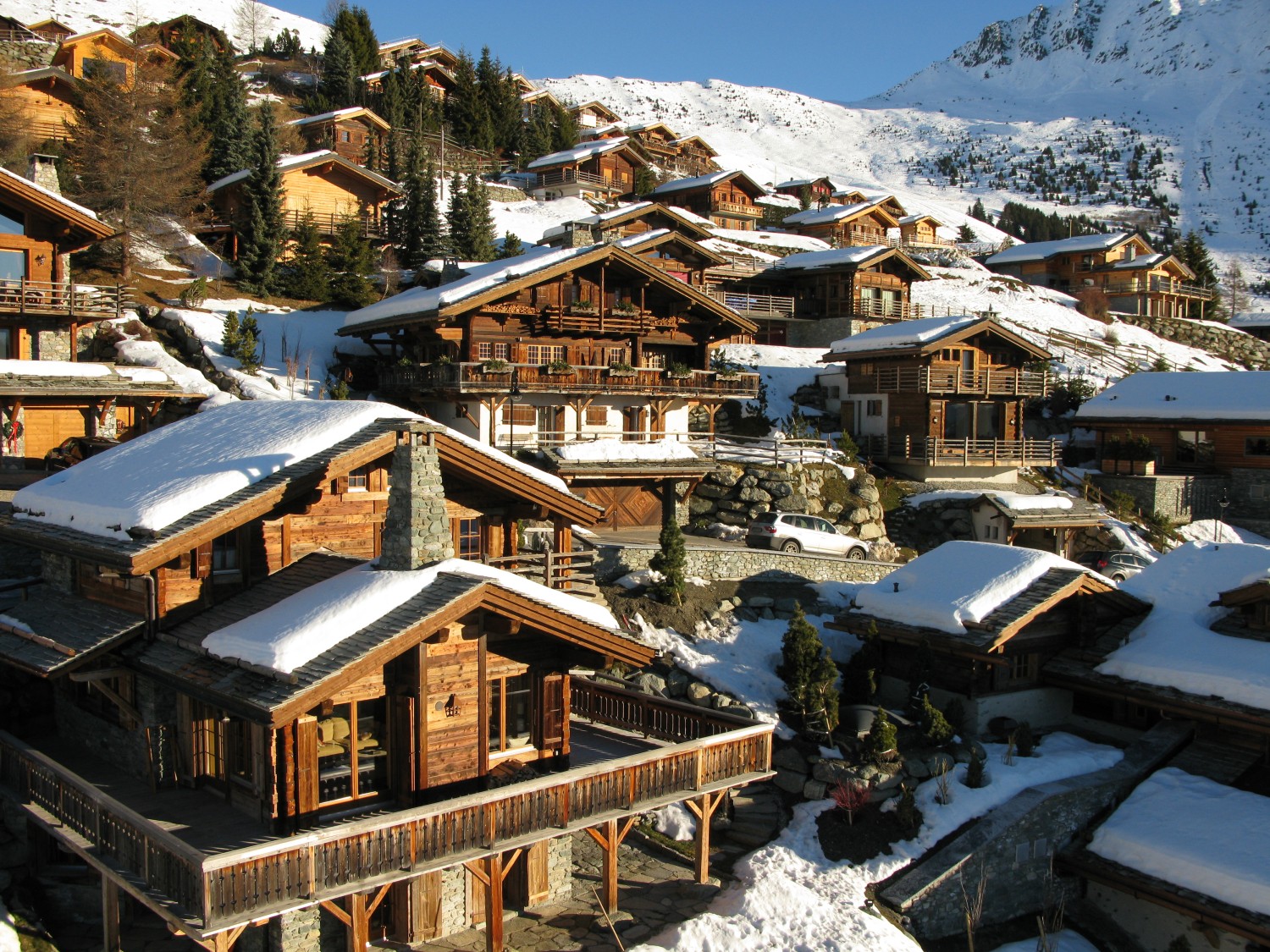
Leo-setä, CC BY 2.0, via Wikimedia Commons
The Unsteady Future of Alpine Tourism
By Caterina Gandolfi
Sign up for our monthly newsletter!
Verbier, a town in Western Switzerland, is nestled among peaks that reach nearly 4,000 meters. In summer, the long hours of sunlight awaken a lively ecosystem: marmots whistle as they emerge from their burrows, wild strawberries thrive on sunny slopes, and alpine streams animate grassy meadows with their crisp flow. When rain falls, prized porcini mushrooms (Boletus edulis) sprout beneath the shade of broad leaves. In winter, these same valleys transform under a blanket of snow, drawing skiers from across the world.
Yet this iconic landscape is not timeless. Alpine ecosystems are among the most climate-sensitive in the world. The same snow that guarantees winter tourism is increasingly precarious, with warming winters shortening ski seasons and pushing snowlines higher. In the 1960s, Verbier was a modest agricultural community of scattered wooden chalets. But its natural beauty, crisp air, and slopes soon drew increasing numbers of visitors, including global elites seeking mountain escapes. By the late twentieth century, Verbier had transformed into one of the most luxurious and expensive ski resorts, with second homes multiplying across the region.
The chalet, a symbol of Alpine authenticity, ironically fueled this transformation. Although small in scale and built of wood, their cumulative spread radically altered the landscape. Low-density housing carved into the mountains expanded the town’s footprint, replacing pastures and woodlands. The resulting seasonal congestion—luxury cars, private jets, and high energy consumption—contrasts starkly with the town’s once pristine natural refuge.
This paradox, seeking untouched nature while damaging it, mirrors Amita Baviskar’s concept of bourgeois environmentalism. Privileged visitors often focus on preserving a landscape’s aesthetic purity, clear air, green meadows, and snow-capped peaks, while disregarding the broader ecological costs of their consumption. In Verbier, second homes remain empty for most of the year, yet require energy-intensive heating in winter. Private transport dominates access, despite generating carbon emissions that accelerate the very climate change threatening the Alps.
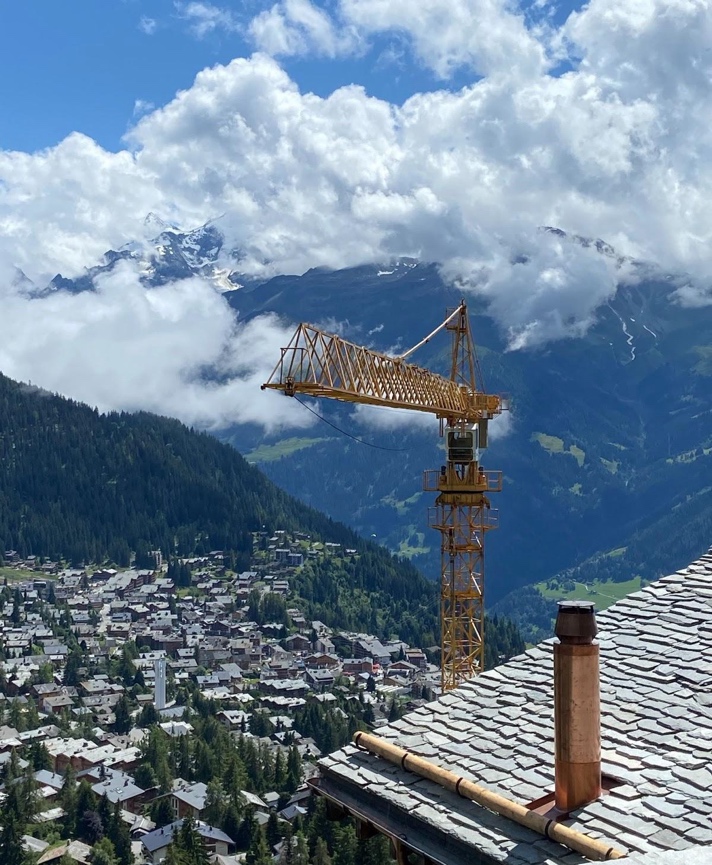
The Alps are warming at nearly twice the global average. Glaciers are retreating, permafrost is thawing, and avalanche risks are shifting. What remains is not untouched wilderness, but a highly managed and fragile environment increasingly shaped by climate change and human demand for leisure.
Tourism underpins local economies. In Valais, Verbier’s canton, winter tourism alone generates over 10% of GDP. Proposals to limit or ban tourism in fragile alpine areas would strike at the livelihoods of local businesses, from ski instructors to hotel owners. Attempts to regulate growth, such as Switzerland’s 2012 cap on secondary residences at 20%, have slowed expansion but not halted it. Even with limits, demand risks spilling into new, currently undeveloped valleys.
Thus, Verbier sits at a crossroads: its economy depends on tourism, but its ecological foundation is eroding.
Some planners propose densification as a compromise. Compact apartment buildings, clustered near public transport, could reduce car reliance and energy consumption. A walkable Verbier would lower emissions while preserving surrounding habitats from further sprawl.
Yet densification carries its own risks. Higher-capacity infrastructure could saturate ski slopes and hiking trails, undermining the very experience visitors seek. More people in less space can intensify soil erosion, disturb wildlife, and strain water resources. Studies of alpine tourism already show trail widening, vegetation loss, and wildlife displacement where visitor density is high.
Moreover, densification alters cultural landscapes. The isolated chalet nestled in nature is already an aesthetic fiction, but apartment blocks would further signal that alpine towns are anthropogenic environments—carefully constructed tourist ecosystems, not wild refuges.
Verbier’s fate illustrates the precarious intersection of climate change, affluence, and cultural ideals of nature. As snow reliability declines, ski tourism may become increasingly dependent on artificial snow. But snowmaking itself consumes enormous amounts of water and energy, with long-term ecological consequences for alpine rivers and biodiversity.
Future scenarios for alpine tourism include shorter and less reliable ski seasons, which may push winter tourism toward higher-altitude or glaciated regions that are themselves ecologically vulnerable. At the same time, many towns are beginning to diversify into year-round tourism, placing greater emphasis on summer hiking, wellness, and cultural experiences. In an effort to boost its summer season, Verbier created a 3-day Bike Festival in 2019, taking place mid-August. In 2024 alone, the event attracted over 2,500 participants, generating a substantial source of revenue for a town of 3,500 permanent residents. A further possibility is the migration of demand to new “frontier” mountain regions, expanding ecological pressures into areas that have so far remained relatively untouched.
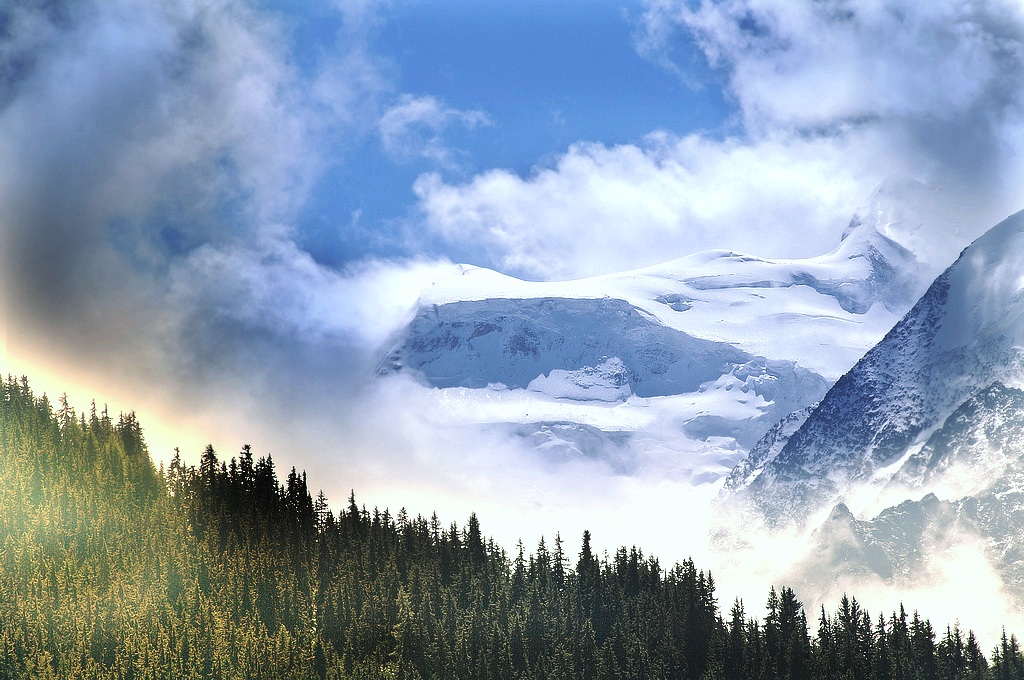
Ultimately, the challenge is not only architectural or economic but cultural. To build sustainability, alpine towns must go beyond managing tourist flows to fostering deeper environmental awareness. Educating visitors about alpine ecology, the fragility of soils, the significance of permafrost, and the hydrological importance of glaciers can help shift values from aesthetics to stewardship.
Affluent travelers may then learn to value ecological restraint as much as luxury, and to recognize nature not only in “idyllic” landscapes like Verbier but also in the everyday ecosystems of their own urban environments.
Verbier’s future, and that of alpine tourism more broadly, hinges on whether societies can balance the demands of consumption with the integrity of some of the world’s most vulnerable landscapes.
Caterina Gandolfi holds a degree in Biology and Environmental Studies. She is passionate about using science communication to make environmental knowledge more accessible and to support meaningful change.
Sources
Baviskar, Amita. “14. Excerpts from “Between Violence and Desire: Space, Power, and Identity in the Making of Metropolitan Delhi”. Environment and Society: A Reader, edited by Christopher Schlottmann, Dale Jamieson, Colin Jerolmack and Anne Rademacher, New York, USA: New York University Press, 2017, pp. 116-120.
https://doi.org/10.18574/9781479844746-017
Corboz, André. “La Suisse Comme Hyperville.” Marcellin Barthassat, 2003, www.marcellinbarthassat.ch/files/la_suisse_comme_hyperville.pdf.
“Geography of Verbier.” SeeVerbier.com, https://www.seeverbier.com/geography#:~:text=Flora%20%26%20vegetation. Accessed 9 Sept. 2025.
“History of Verbier.” SeeVerbier.com, 2 Feb. 2022, https://www.seeverbier.com/history.
Le News. “The Swiss Municipalities with Too Many Second Homes – Latest Figures.” Le News, 6 Apr. 2017, https://lenews.ch/2017/04/06/the-swiss-municipalities-with-too-many-second-homes-latest-figures/#:~:text=On%2011%20March%202012%2C%20Swiss. Accessed 4 Sept. 2025.
Guha, Ramachandra. “13. The Paradox of Global Environmentalism”. Environment and Society: A Reader, edited by Christopher Schlottmann, Dale Jamieson, Colin Jerolmack and Anne Rademacher, New York, USA: New York University Press, 2017, pp. 109-115. https://doi.org/10.18574/9781479844746-016
Pia, Fiona. Urbanizing the Alps: Densification Strategies for High-Altitude Villages. Google Books, Birkhäuser, 14 Jan. 2019,
https://books.google.com/books?id=U1qIDwAAQBAJ&pg=PA36&lpg=PA36&dq=verbier+to+stop+expanding&source=bl&ots=edJ4kQR2r3&sig=ACfU3U1EK117KY0E3CFd1Hnpdl77CS1nkw&hl=en&sa=X&sqi=2&ved=2ahUKEwj8yLStxpf3AhUnyYUKHQrVBdcQ6AF6BAgYEAM#v=onepage&q=verbier%20to%20stop%20expanding&f=false. Accessed 29 Aug. 2025.
Rose, David. “Our Low-Cost Run at Verbier.” The Guardian, 16 Mar. 2008, https://www.theguardian.com/travel/2008/mar/16/skiing.familyholidays. Accessed 11 Sept. 2025.
Turuban, Pauline. “The Importance of “White Gold” to the Alpine Economy.” Swissinfo.ch, 18 Dec. 2020, https://www.swissinfo.ch/eng/the-importance-of–white-gold–to-the-alpine-economy/46233650.
Schraner, Malko. “Living in Verbier: Lifestyle and Community Insights.” Schraner Verbier, 17 Apr. 2024, https://schraner-verbier.ch/blog/living-in-verbier/. Accessed 18 Sept. 2025.
Verbier Bike Festival. “About Us – Verbier E-Bike Festival.” Verbier E-Bike Festival, 2024, https://www.verbierbikefestival.com/en/about-us/. Accessed 18 Sept. 2025.
Verbier E-Bike Festival, and Marianna Dallabetta Armani. Celebrate the Joy of E-Biking! EVENT REPORT. Oct. 2024.
Plantings
Issue 52 – October 2025
Also in this issue:
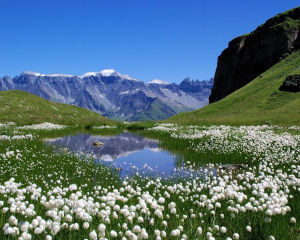
Dr. Robbie Hart on Himalayan Alpine Plants, Climate Change, and Ethnobotany
By Gayil Nalls
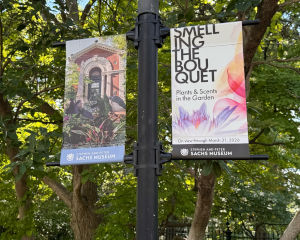
The Living Language of Scent: An Exploration of Perfume Plants and Cultural Memory
By Nezka Pfeifer
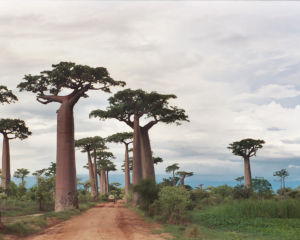
Plant Conservation in Madagascar
By Gayil Nalls
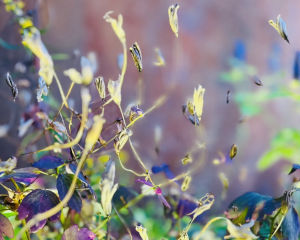
What if AI worked like a forest?
By Willow Gatewood
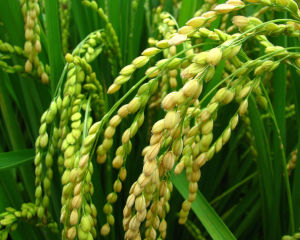
Climate Change, Arsenic, and Rice: Dr. Lewis Ziska on the Future of a Global Staple
By Gayil Nalls
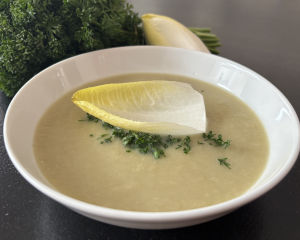
Eat More Plants Recipes:
Belgian Endive Soup: Le potage de chicons
By Frank Léglise
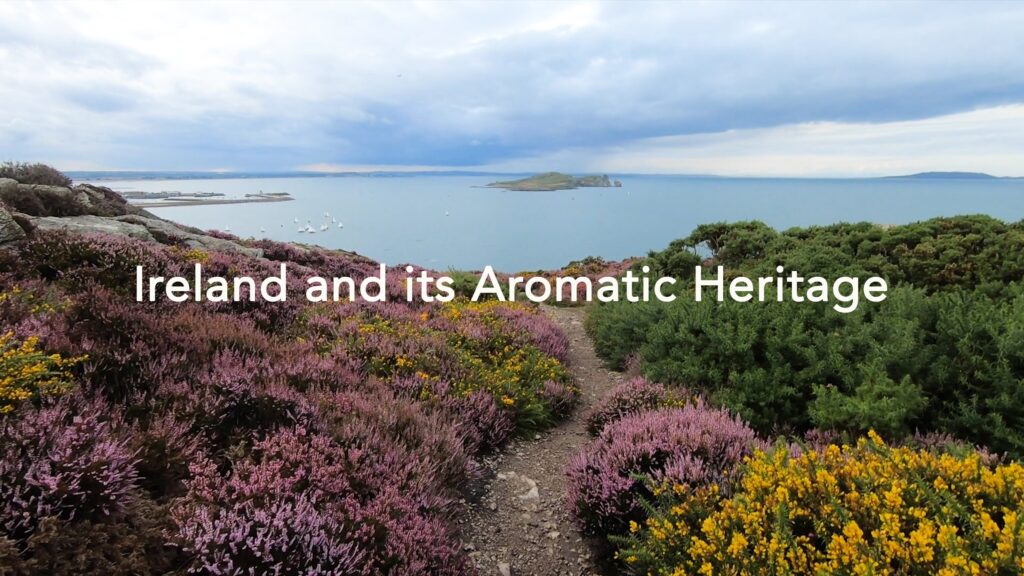
As Ireland transitions from the rich, smoky scent of peat-burning to a more sustainable future, its olfactory heritage is evolving. What will become the next iconic aromatic symbol of Ireland?
Click to watch the documentary trailer.

